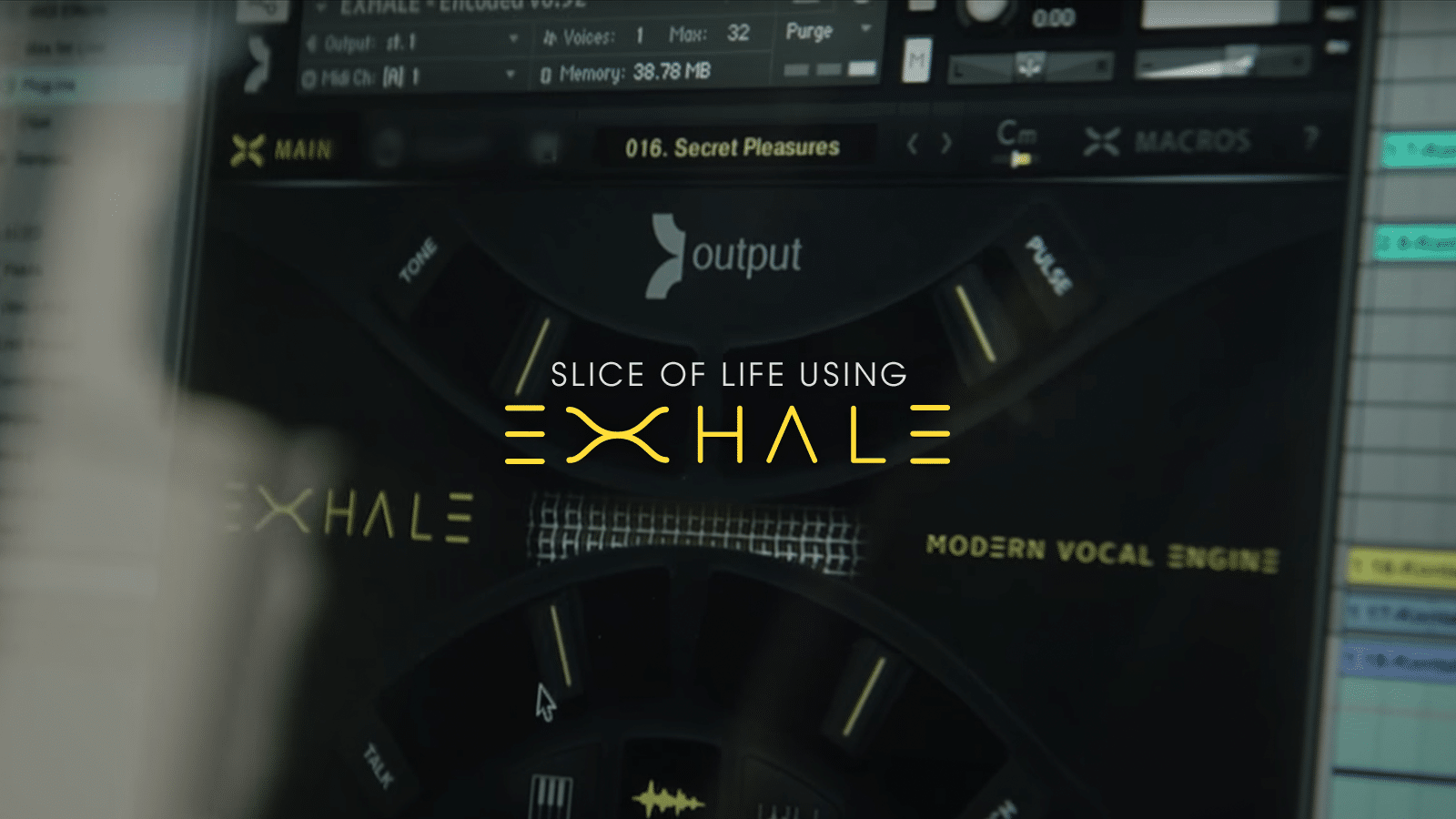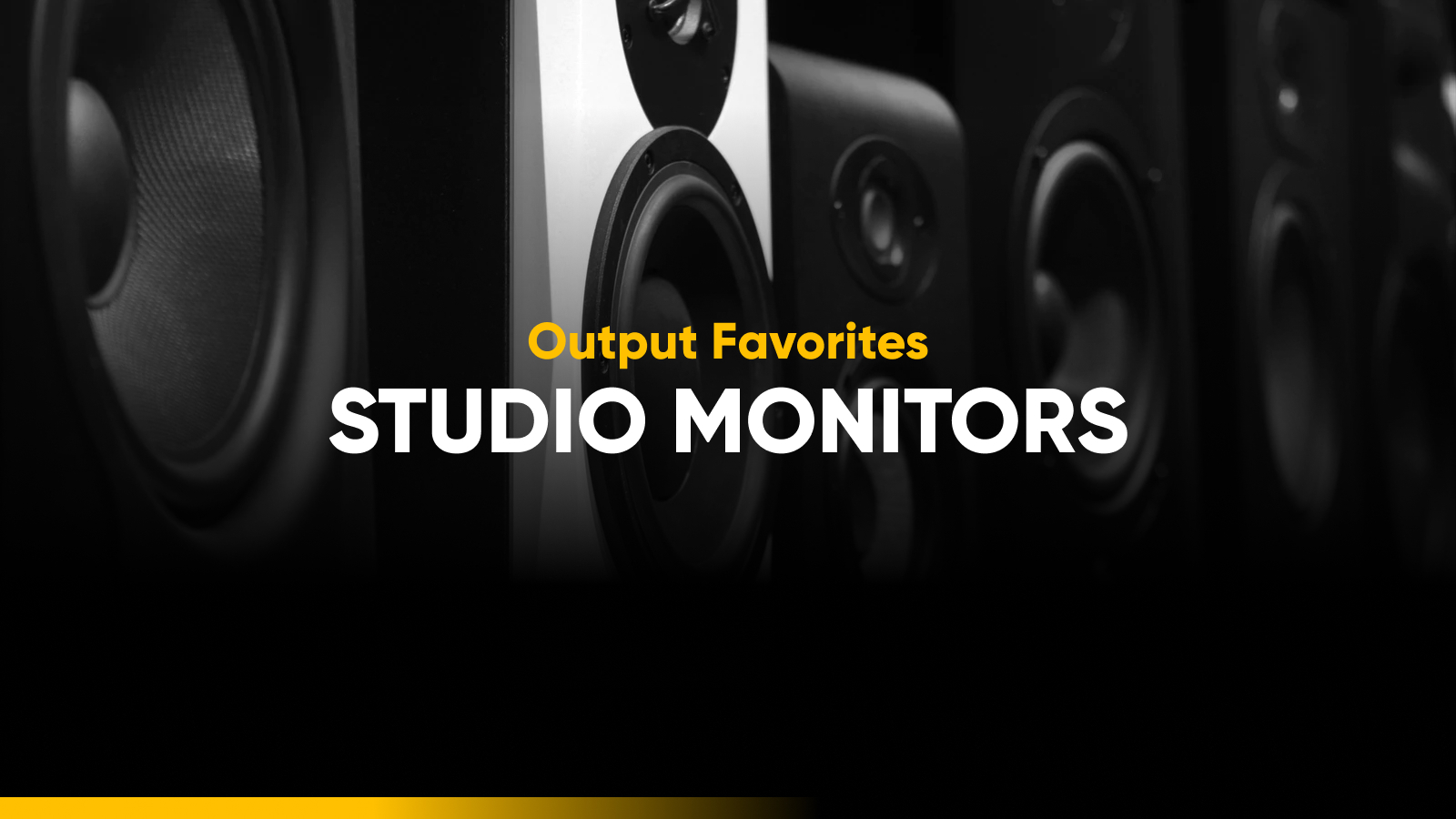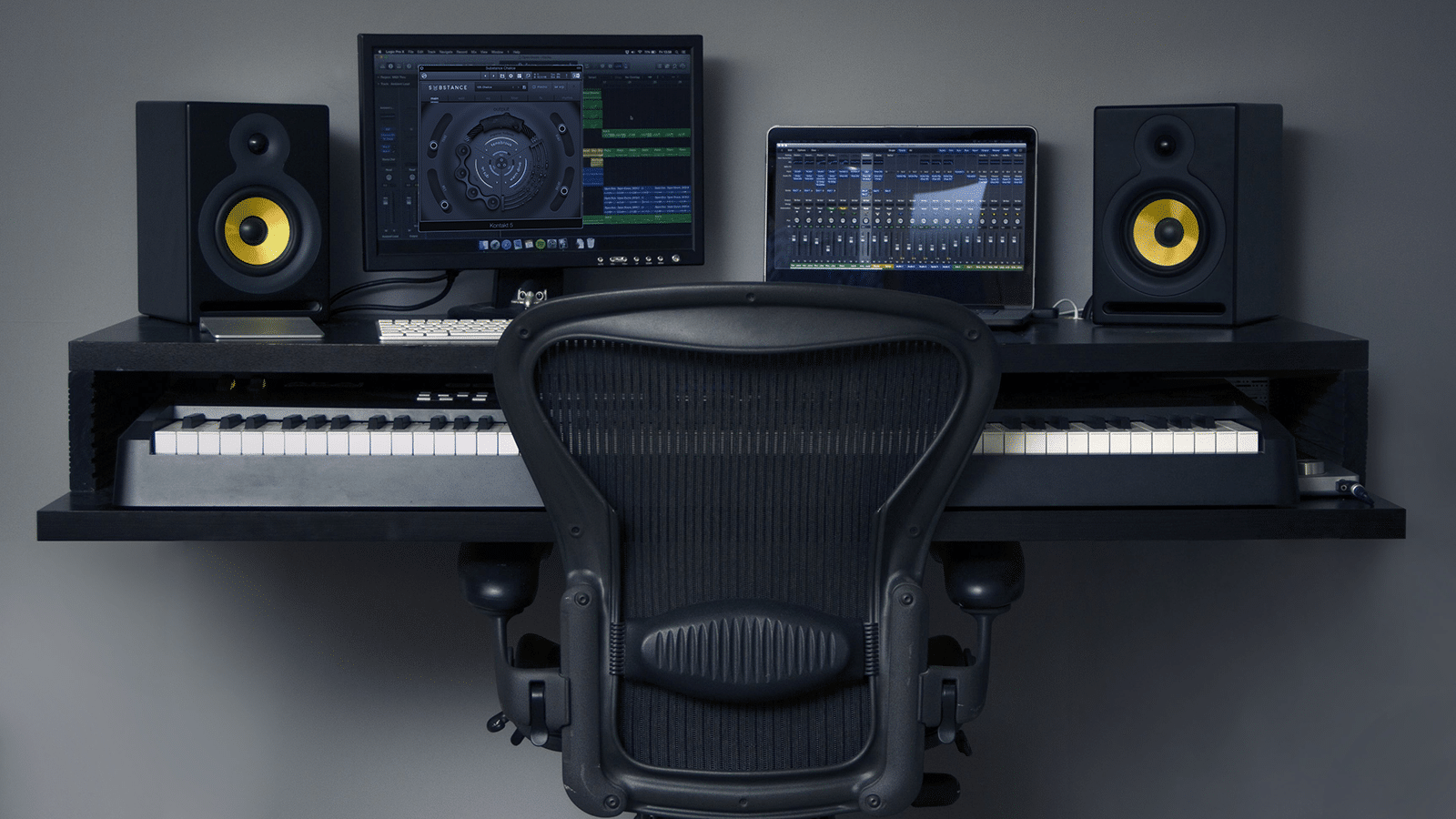
Talkback is an interview series from Output, focusing on the workflows, plugins, and production methods used by musicians in their craft. For this installment: Catching up with German techno maven Boys Noize.
When we ring him in Los Angeles, Boys Noize is all smiles. The German techno producer born Alex Ridha is easing back into the swing of things, once more traversing the world to play shows behind his latest studio album +/– (referred to as Polarity). He’s just returned stateside from a weekend in Manchester, where he played in Four Tet’s impeccably curated lineup for Warehouse Project.
To get a taste of what a Boys Noize DJ set is like in 2021, check out his recent performance for Boiler Room in LA on the night after the album release. He opens with “Girl Crush” — his hypnotic, trundling collaboration with Rico Nasty — before slipping in several of +/– (Polarity’s) most memorable instrumental cuts (“Detune,” “Xpress Yourself”) amidst his genre-hopping selections.
Songs like ”Girl Crush” get at Ridha’s obsession with merging different styles to push the broader culture of electronic and club music forward. “Everything has sort of been done,” he says. “A lot of the time, it’s like you are remaking something that’s come before, and just improving the technical quality. I do that too, but I’m always asking: ‘What’s left to explore? What if I make a slow, industrial-sounding track but get someone like Rico Nasty to rap over it?’”
Ridha calls these kinds of collaborations “musical fantasies”: Hypotheticals that exist in his head first and foremost, the songs-that-could-be that he’s always seeking to make real. Even with two decades of experience making music, he’s still fully taken with the creative process, seeking out new ways to hone his craft. For example: +/– (Polarity) is the first Boys Noize album to prominently feature modular synthesis: a universe of sound making that he never fully explored until 2016.
The concept of the new record explores these ever-developing facets of his artistry, from techno maven to pop star collaborator. Over the course of an hour, Boys Noize spoke with Output about how DJing shapes his creativity, the joy of building your own modular instruments, and the importance of knowing when to let go when you’re finishing tracks.
Congrats on +/– (Polarity) — what was your main goal with the new record?
It all started with the song “Greenpoint,” which was the first record where I used modular gear, made back in 2016. I’ve got a lot of hardware synths and plugins and all of that, and I’m super geeky about all of that, but this one module was just fucking crazy. The sequence was a little slower than I usually work at, and it had this industrial tinge that inspired other songs like “Close” and “Girl Crush.”
What does a sound have to do for you to be inspired by it?
As a DJ, I’m buying records every week — whether that’s on vinyl or online — and I’m listening to demos, too, so I’m hearing a lot of new music. I always want to play new stuff that excites me and gets me going. So when it comes to my own music, my initial thought is to avoid anything I’ve recently heard elsewhere.
I take the same approach with collaboration. Like with Kelsey Lu, for instance. That’s another great example of polarity, where she’s an artist who comes from a classical background, who plays cello, and has a gorgeous voice. I’ve never heard a record like “Love and Validation” before, and it’s not easy, but for me, that’s the most desirable feeling: Stepping outside of the house and techno lane to create these bridges between genres.
Five years into your modular journey, how do you feel about it?
The thing I love about modular is that you get to build your own instrument from the ground up. It’s not like guitar — where different guitars will sound different — it’s something way more custom. Getting to move around the signal chain from patch to patch means I constantly hear something fresh, and I’m never able to recreate it afterwards, so it feels special.
Are you always recording when you’re working on a modular setup, or do you fully build a sequence out and then dump it to a DAW?
Until I hear something crazy, I don’t record. But as soon as I do, I hit record and start multi-tracking. I try not to let it run for longer than 10 minutes. After I’m done playing in a raw arrangement, I usually leave it for a few weeks, months, or even years (like with “Close”).
I have a massive list, maybe 500 tracks, of these kinds of raw recordings. I go through them every now and again to make notes about what I like, what sticks with me. Anything that immediately appeals to me, I’ll open the session up and start working on it.
After that, it’s decision time. Every sound has a meaning, after all. So am I going to keep that raw element, or edit it? If I hear something that’s good for the club and sounds sick as is, I’ll just leave it. Those tracks go into my Strictly Raw series of releases. With other songs like “Polarity,” I want to sculpt the track so it’ll work well with vocals.
You’ve been making digital music for 20 years, and how we use music software has changed a lot in that time. Has your workflow remained the same?
That’s an interesting question. One thing is that I don’t have a template: Every time I start a new song, I open up Logic Pro to a basic, default session with one audio track. I should probably have a vocal template or something for when I’m working with other artists — but I’m pretty quick in Logic Pro.
As soon as it was possible to produce entire tracks with just a laptop, I was doing it. I remember when Logic upgraded to Logic 5, and you suddenly had the EXS24 sampler already in it — that was a game changer. I loaded all my Timbaland and Neptunes samples and whatever else I had in there. I made my first Boys Noize tracks that way: With the laptop and maybe one other instrument at a time, like a synth or a drum machine.
Want more? Check out another installment of Talkback featuring prolific electronic producer Machinedrum here.
How do you approach mixing?
I mixed every song on +/– (Polarity) with the exception of “Love and Validation,” which was actually mixed by Soulwax. I use a lot of different plugins for different purposes. I can say for a fact that if I look into the different track sessions for the album, none of the processing is the same.
Especially when it comes to EQs modeled after hardware: Neve EQs have a color, while SSL EQs have a little bit of color, though they’re great and clean. Then you have the FabFilter Pro-Q 3 which is more of a super cold, clinical, transparent sound. To me, Oxford is the smooth one. I use Brainworx EQs as well, for more surgical stuff. I use these differently based on each song, each element.
How hard do you hit the master bus? And how much do you leave up to the mastering engineer?
When I deliver pre-masters, I don’t have anything on the master bus — no compressor, no limiter, nothing. I just try to get the original mix sounding as good as possible. Sure, if I need to DJ and I want to try it out, I’ll throw whatever five-plugin master chain to make it loud. But no matter how good I think my master chain sounds, when you compare it to the real pros, theirs is always better.
Think about it: Anyone can make shit loud. That is no problem. The problem with loudness is the cost to the low end. Listen to all of those crappy EDM songs from a few years ago that are just blocks. There’s no life in the sounds anymore. My music is already quite harsh with some of the sounds I use, so I want the opposite: I want warmth, I want dynamics.
Loudness is irrelevant whether you’re making records for the club or for home listeners. Spotify evens everything out anyway. If your mix is louder than -14LUFS it’ll get turned down on the service. And if a track isn’t loud enough during a DJ set, then, well, guess what, that’s what the Trim knob is for.
When it comes to finishing music, the last 10 percent often feels like the hardest. Do you set any rules for yourself?
A lot of time, I’m blessed to be able to play records out in the club, because that gives me great feedback for mixing and arrangement. But in the end: You’ve got to let it go. You have to remind yourself: This is the music I’ve done now. Next week, or next year, I’ll do a new track, and that’ll be my new thing then.
That sort of mentality helps me be able to release a lot of music. If you’re having fun in the moment of making something, that will reflect to the listener. Focus on creating the moments that you want to hear and share. Just don’t overthink it.



